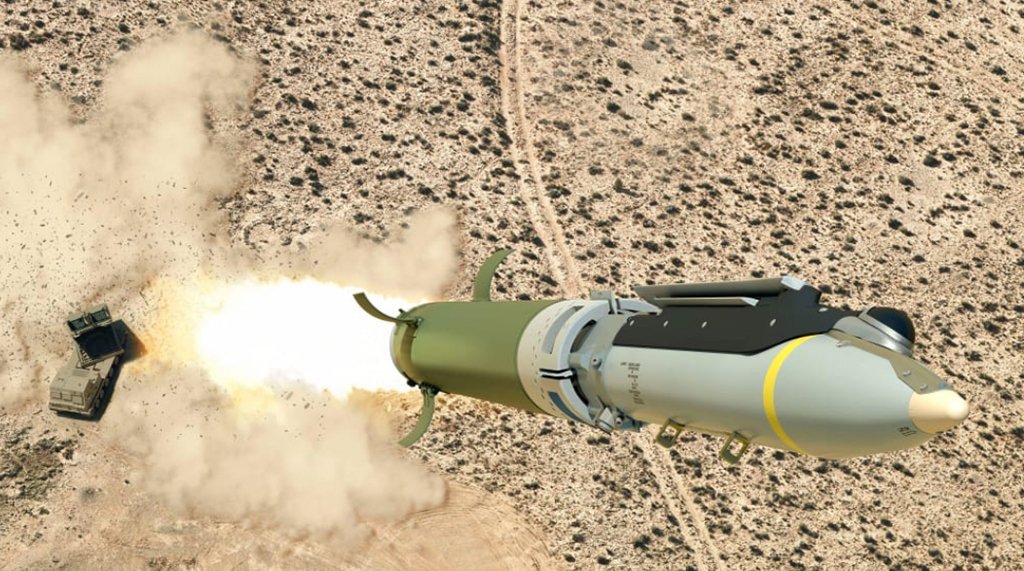[ad_1]

The Ground-Launched Small Diameter Bomb (GLSDB) combines the GBU-39 SDB with the M26 rocket motor.
The Pentagon is considering a Boeing proposal to supply Ukraine with GLSDBs an exclusive Reuters report unveiled on Nov. 28, 2022. The GLSDB could be delivered as early as spring 2023 and would allow Kyiv to strike far behind Russian lines, using Ukrainian MLRS and HIMARS launchers.
“U.S. and allied military inventories are shrinking, and Ukraine faces an increasing need for more sophisticated weapons as the war drags on. Boeing’s proposed system, dubbed Ground-Launched Small Diameter Bomb (GLSDB), is one of about a half-dozen plans for getting new munitions into production for Ukraine and America’s Eastern European allies, industry sources said” according to the report.

GLSDB is a weapon that combines a GBU-39 Small Diameter Bomb (SDB) with the M26 rocket motor, both of which are common in U.S. inventories. The SDB is a small 250-lb multipurpose, insensitive, penetrating bomb with a blast-fragmentation warhead for stationary targets. It is equipped with deployable wings for extended standoff range that open upon release allowing the GPS-guided bomb to glide for several miles before hitting the target with accuracy.

While the standard SDBs are launched at high-speed and altitude by various “compatible” aircraft, the GLSDB, developed in partnership by Saab and Boeing since 2019, are fired by Multiple Launch Rocket System rockets. The GLSDB is in fact launcher independent, which means any launcher of the M270/M142 interface can be used.
The GLSDB has a 150 km range, about half the range of the MGM-140 Army Tactical Missile System (ATACMS) missile, but enough to hit valuable Russian ground targets from distance.
According to Boeing’s proposal to the US European Command (EUCOM), which oversees the arms transfer to Ukraine, the main components of the GLSDB will come from the current US stockpile. “The M26 rocket motor is relatively abundant, and the GBU-39 costs about $40,000 each, making the completed GLSDB inexpensive and its main components readily available,” says Reuters’ Mike Stone. “Although arms manufacturers are struggling with demand, those factors make it possible to yield weapons by early 2023, albeit at a low rate of production.”
[ad_2]
Source link
